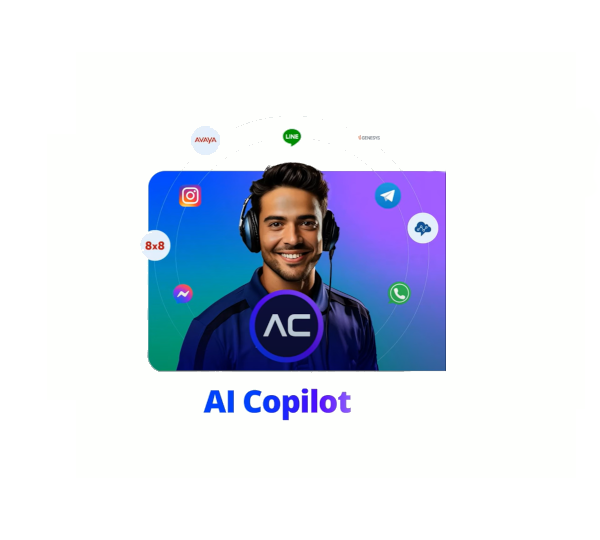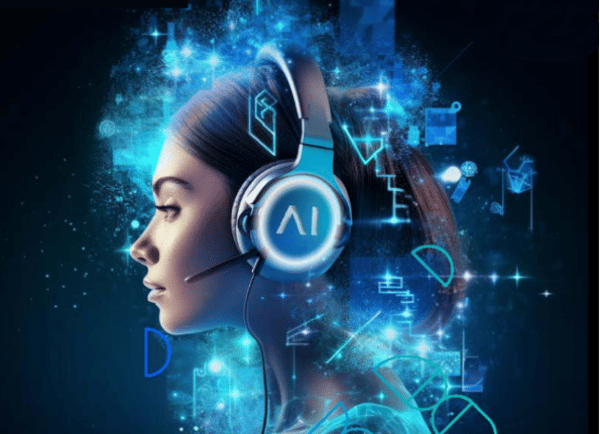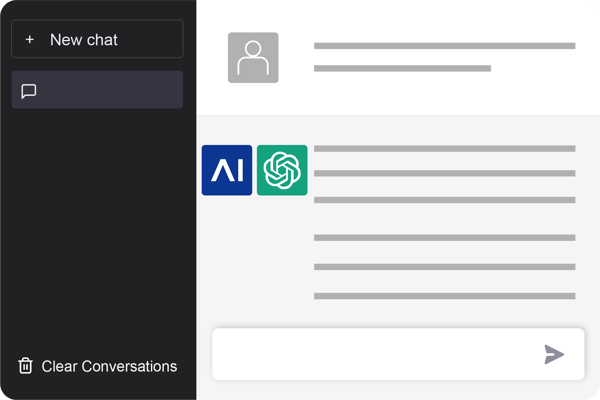2020 was a year for the ages across industries worldwide. The pandemic exposed communication weaknesses and shed light on a greater need to bridge gaps in customer and employee communications, accelerate digital transformation and create better customer experiences. In response, we witnessed a sharp rise in demand for chatbots and voice/speech bot solutions, and an emphasis on combining Conversational AI with Robotic Process Automation (RPA).
As organizations across industries are experiencing, Conversational Automation is proving to be an integral part of Customer Service, making it a top AI trend to watch in 2021. Conversational AI chatbots, a.k.a. virtual agents or virtual assistants, improves responsiveness, reach, and personalization of the customer experience. According to Forrester Research, AI-based conversational chatbots evolve into better customer service automation.
Conversational AI predictions for 2021
In short, consumers are driving the demand for companies to reform their customer service, and they are turning to Conversational AI to solve their challenges. How will Conversational AI help shift consumer expectations and drive digital transformation? Watch for these Conversational AI trends in 2021.
Democratized Conversational AI
Even though developers started the Conversational AI revolution, non-technical business users are now essentially taking over the steering wheel from techies. No-code and low-code platforms will further mature in a way that anyone can build complex Conversational AI experiences on voice and text channels, including plug & play integrations with the digital ecosystem. This democratization of Conversational AI will allow an unprecedented scaling of initiatives, ultimately expanding it across all business lines and use cases.
The UX tipping point: Let me talk to the bot, please!
As contact center AI evolves, Conversational AI will be natural and often the first contact. Today, many customers still prefer the human agent over the IVR—even at the price of (some) additional waiting time. The advancements of Conversational AI change the game: Voice recognition capabilities reach human levels, conversation processing makes interactions more natural and human-like than ever before, and fully integrated services enable conversations to become transactional. As virtual agents help "getting things done," users increasingly experience bots as powerful assistants and service providers —the most frictionless tool for self-empowerment.
Enterprise-level Conversational AI platforms will bring together the most advanced technology, insights from linguistics and psychology, as well as AI-based learning to empower conversational designers to build truly user-centric automated customer services. As a result, users will not only enjoy bot conversations, but they ultimately prefer a smart virtual agent over other forms of services.
The demise of "build or buy"
When setting up a Conversational AI roadmap, many IT professionals believe in a dichotomy between buying an application off-the-shelf or custom-building one. "Buy" is thought to be fast & cheap but sacrifices opportunities for differentiation and excellence. "Build," on the other hand, is costly and risky but comes with the promise of a custom-tailored result that outmatches the competition. The truth is, only the combination of build and buy has the potential to optimize all parameters of the magic triangle. It can deliver high-impact results at a high velocity with a short time-to-ROI due to cost-efficiency.
What does that mean for Conversational AI? Instead of choosing between a standard offering (that only meets most requirements) or a roll-your-own development platform (which turns out to be an IT Dev Ops project) buyers will favor vendors who can light the candle on both ends. The better option is a strong standard offering that delivers production-ready results in days without IT involvement - combined with a developer-friendly framework that provides the option to customize each and every aspect of the system.
In 2021, buyers will be more demanding than ever when it comes to Conversational AI. They want more out-of-the-box features, more intuitive UX, and more developer power. The result? A new generation of more powerful Conversational AI initiatives is born.
Smart Conversational AI analytics
With virtual agents becoming widely used across enterprises, more and more data is generated through billions of interactions. Much of this input is already used to continuously improve the power and UX of Conversational AI through machine learning. The next level of smart analytics is to aggregate data, identify patterns, and proactively provide actionable insights based on AI-driven analytics. The advice generated from automated interactions will become an indispensable source of input for data-driven decision-making on the marketing and business side.
A new level of human & AI teamplay
Even though virtual agents are smarter and more capable than ever, they are far from reaching the full competence level of a trained human agent. Conversational AI is great at making customers (and service center providers) happy in various standard cases. Still, it cannot deal well with unknowns and lacks any talent for improvisation, genuine empathy, or capacity for compromise. To excel at complex, versatile, and contextual service interactions, human agents are indispensable. However, with the help of AI, human agents can provide better services to customers and reach new levels of productivity.
Conversational AI can do more than help human agents eliminate dull and repetitive tasks (like authenticating a customer); it can also help them solve more challenging issues. It automatically and directly routes a customer’s interaction to the right agent who is experienced, empowered, and available to solve a specific problem. It can passively participate in human-to-human communications and look up contextual information (like a product manual) in real-time and turn agents into supernatural knowledge carriers. Or it can enable a seamless interaction for two humans who don't share the same language based on real-time machine translation.
2021 will bring a skyrocketing demand for products and initiatives designed to foster human-machine-collaboration. Eventually bots will be perceived and appreciated as superhuman coworkers.
The bottom line is that, in a race to deliver better customer experiences while improving business efficiency, the speed at which organizations adopt AI will accelerate. Consumers will continue to set higher expectations, driving greater urgency for businesses to rethink their operations. With Conversational AI at the top of their priority lists, 2021 will be a year of transformation across industries.

.png?width=60&height=60&name=AI%20Copilot%20logo%20(mega%20menu).png)




.png?width=600&height=600&name=Knowledge%20AI%20Feature%20image%20(2).png)













